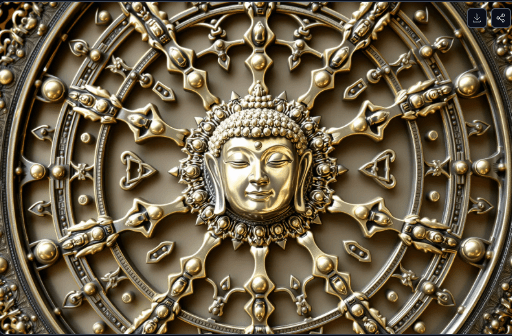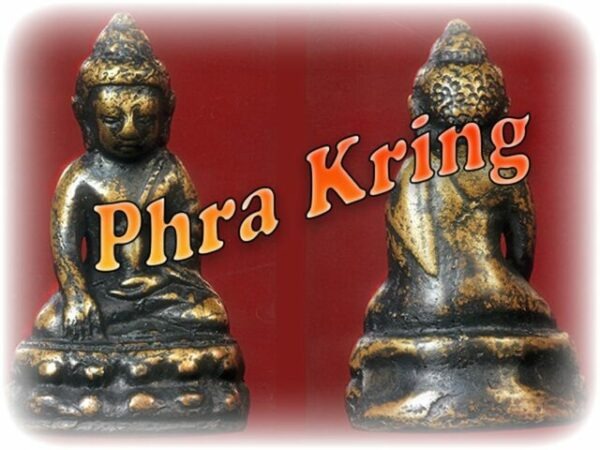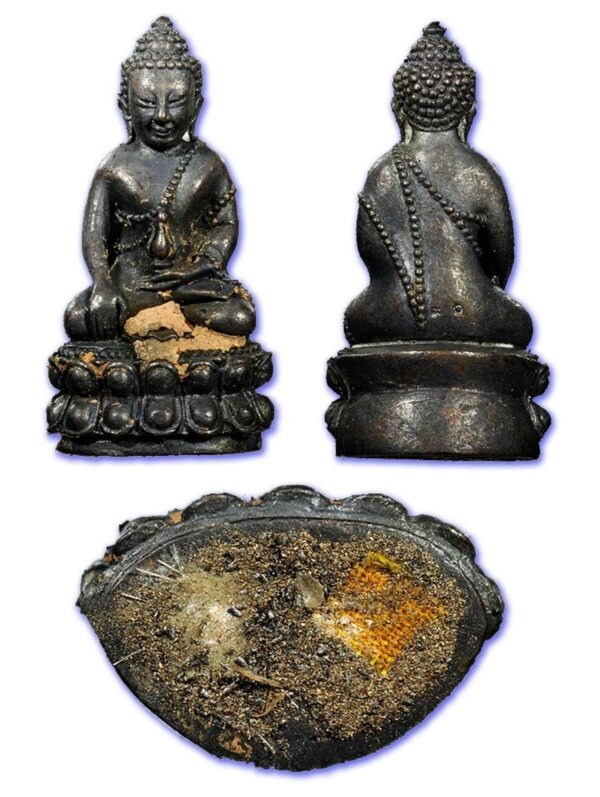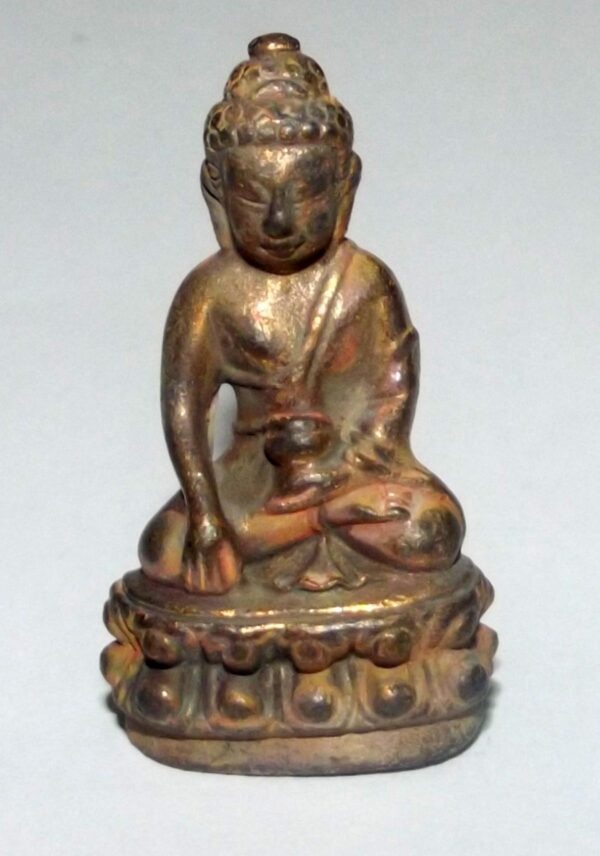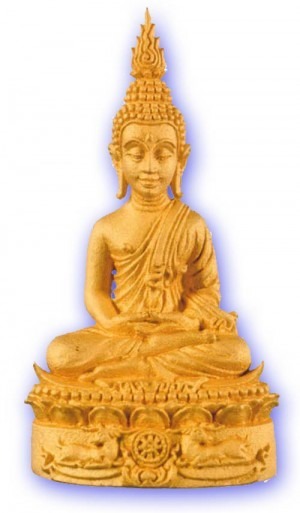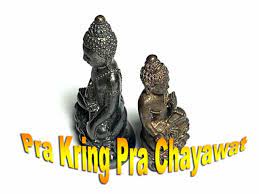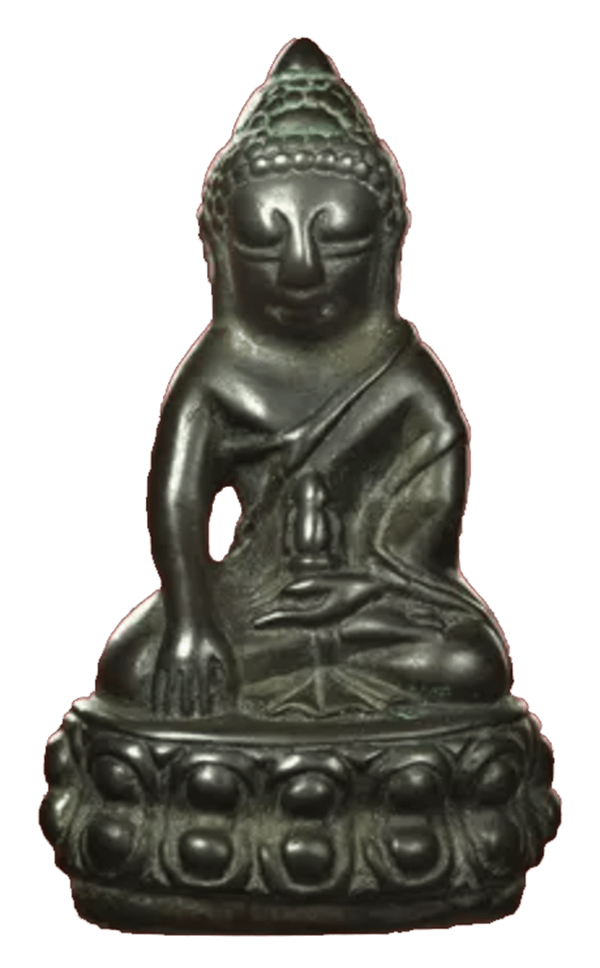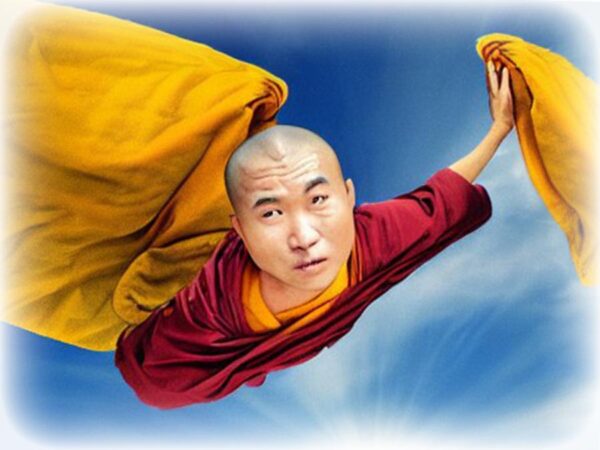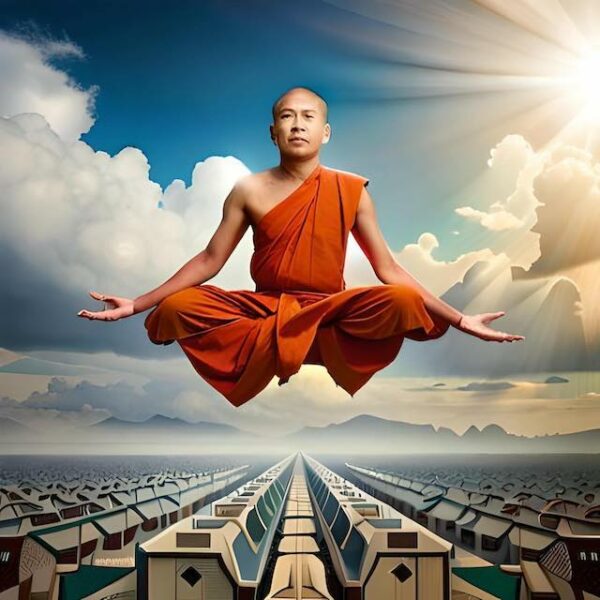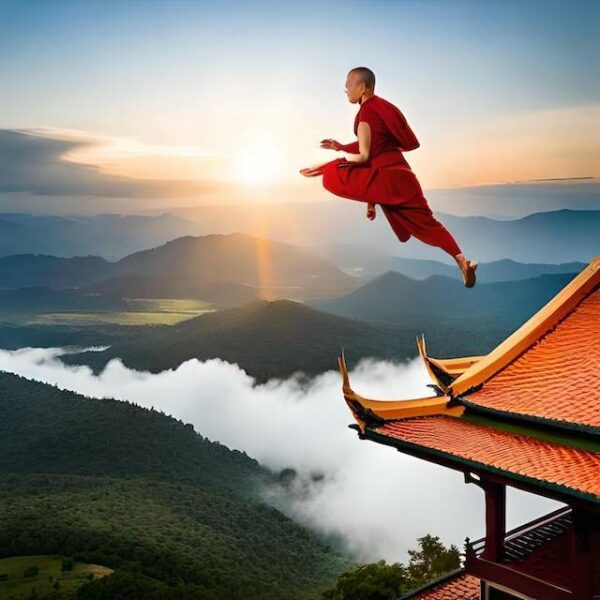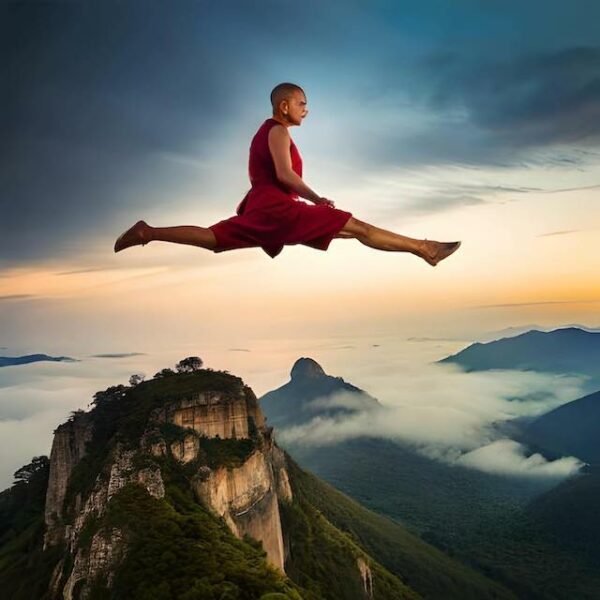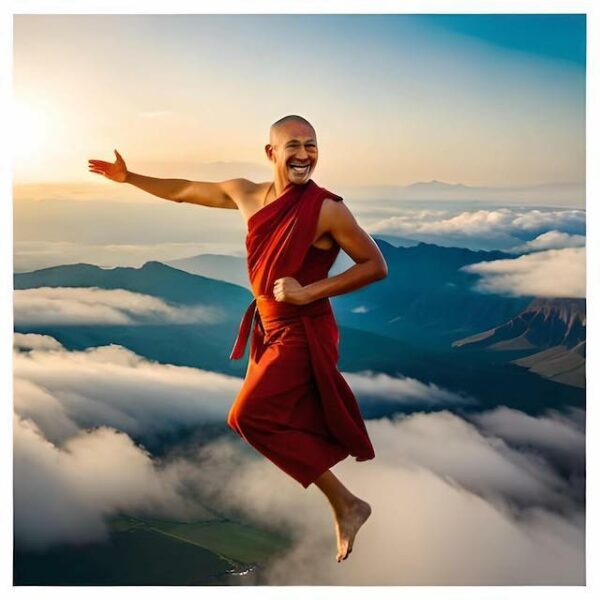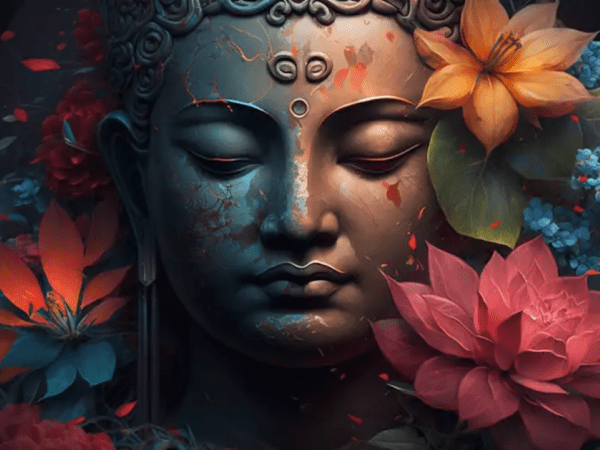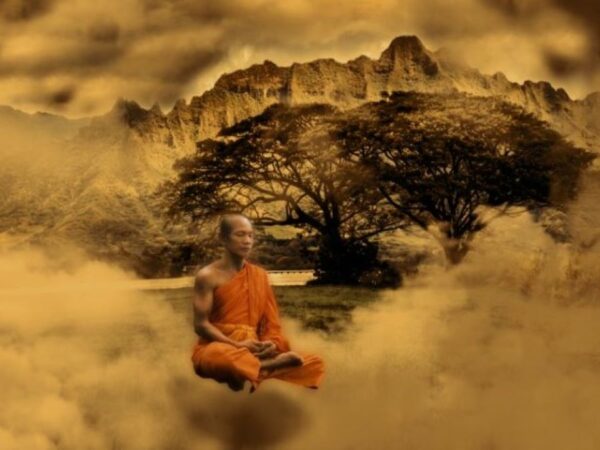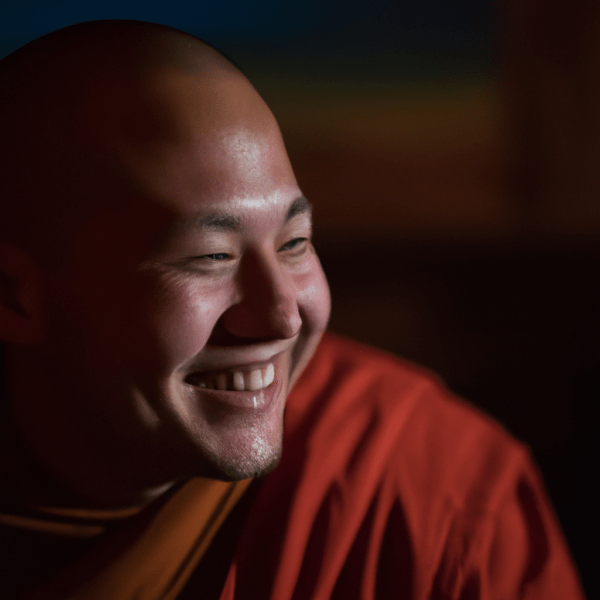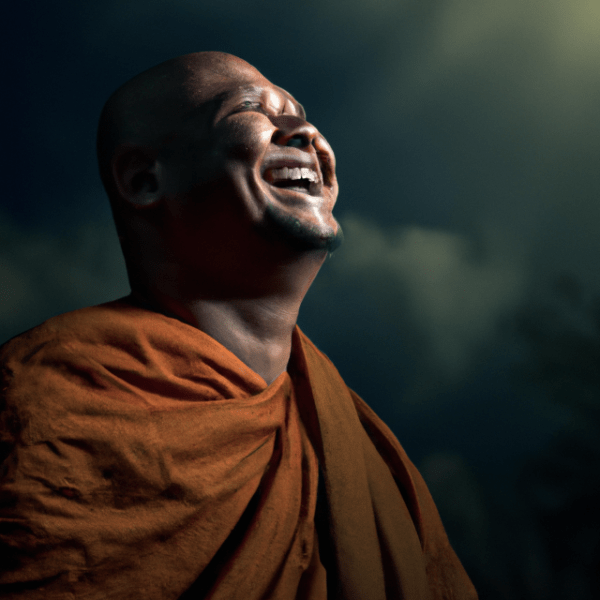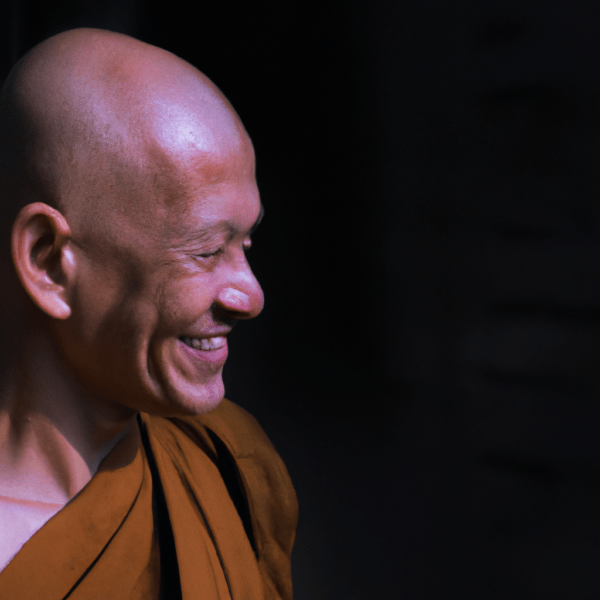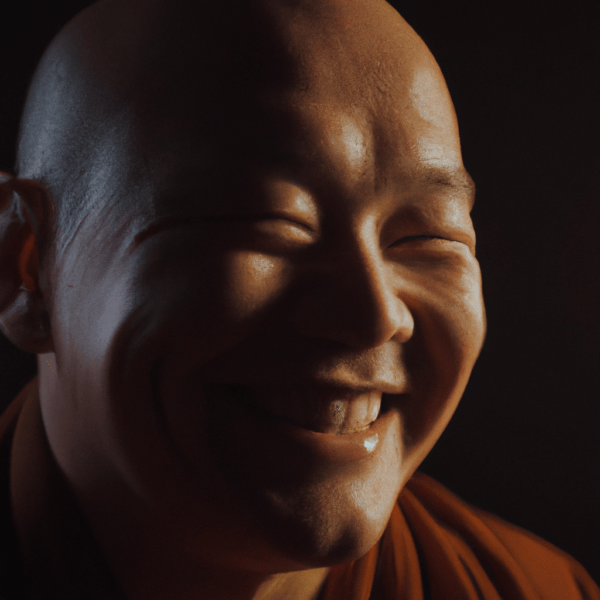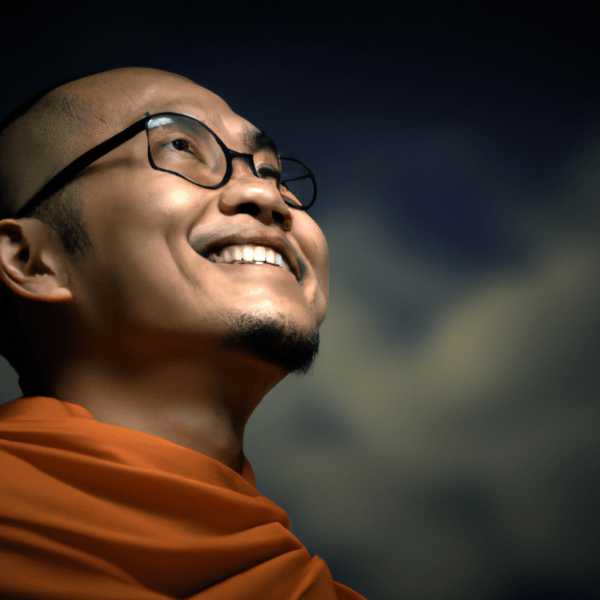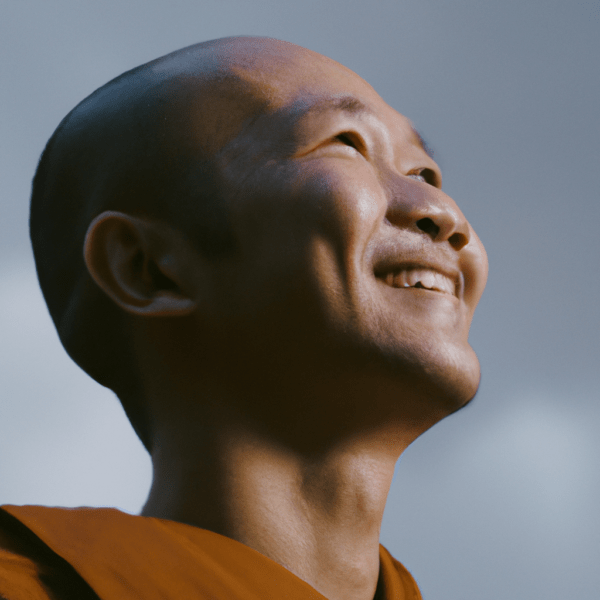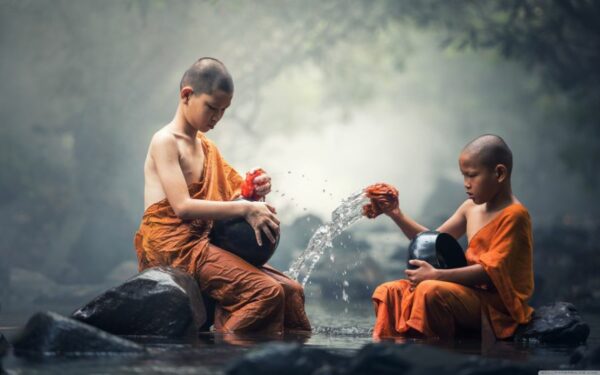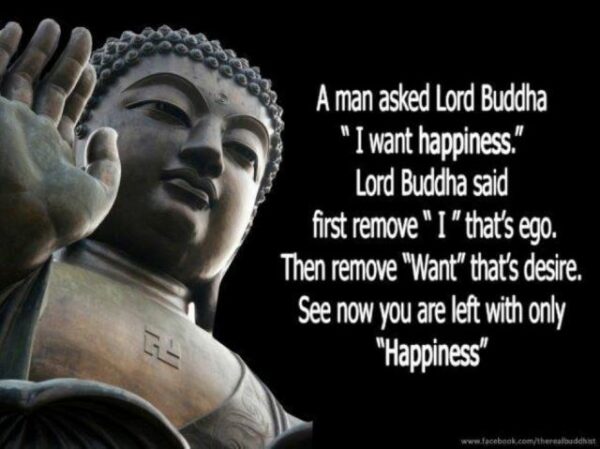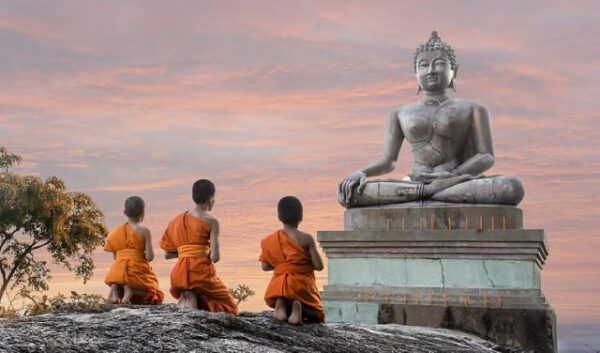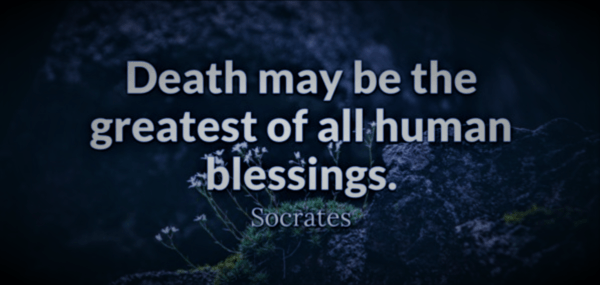The Practice of the 8-Fold Path step 1 – How to Develop Right Intention
“Right Intention: Starting with the understanding of right intention, one must cultivate wisdom, love, compassion, and non-violence. These qualities enable you to align your thoughts, words, actions, intentions, and feelings with the goals of awakening”
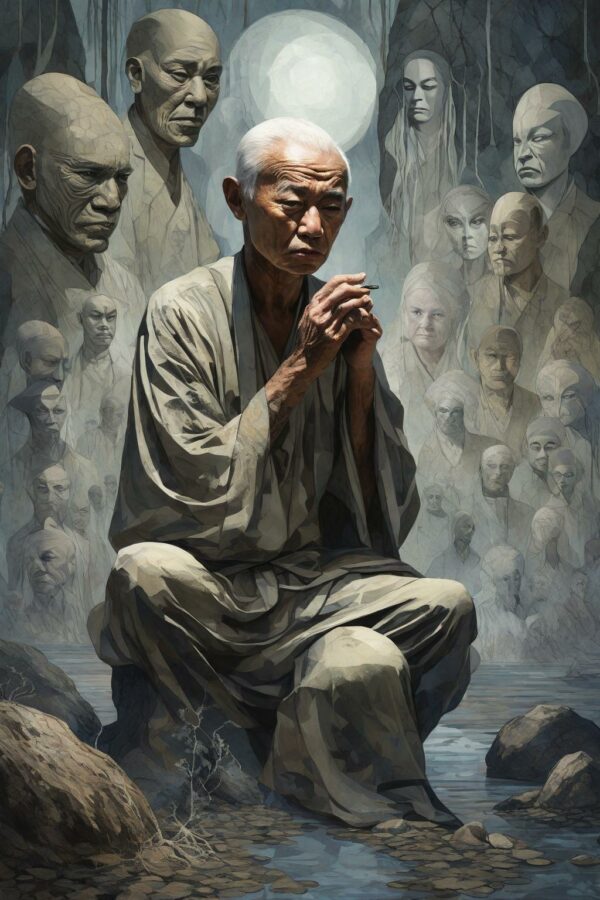
The Eight-Fold Path is a Buddhist path that aims to liberate individuals from suffering and attain enlightenment. Here’s an explanation of how it can be applied:
1. Right Intention: To begin the path to awakening, it’s essential to cultivate a mindset of wisdom, love, compassion, and non-violence. This foundation enables you to align your thoughts, words, actions, and emotions with the principles of spiritual growth. it’s crucial to establish a strong foundation rooted in wisdom, love, compassion, and non-violence. This harmonious blend of qualities enables you to cultivate a deep understanding of yourself and the world around you, allowing you to navigate life’s challenges with clarity and purpose. By embracing wisdom, you develop the ability to discern truth from illusion, making informed decisions that align with your values and goals. Love and compassion, on the other hand, foster a sense of empathy and connection with others, helping you to build meaningful relationships and create a more harmonious community. Non-violence, in its broadest sense, encourages you to approach conflicts and challenges with a spirit of understanding and cooperation, rather than resistance and aggression. As these qualities become an integral part of your being, you’ll find that your thoughts, words, actions, and emotions begin to resonate in harmony with the principles of spiritual growth, guiding you towards a more awakened and enlightened state of being.
2. Right Intentions: This involves developing strong moral character traits such as honesty, integrity, and responsibility. Right intent is essential for a person’s behavior, so this path guides individuals on how to lead an ethical life.
3. Right Understanding: The path also emphasizes understanding the nature of suffering. By understanding that all beings experience suffering, one can develop compassion, equanimity, and wisdom. This understanding enables individuals to relate more deeply with others and understand their own lives
from a different perspective.
4. Right Thought: Cultivating non-violence (Ahimsa) involves avoiding harm and injustice. Understanding this principle helps prevent harm towards oneself and those around us. It is essential for the spiritual path because it forms the basis of ethical conduct, including treating all beings with
kindness.
5. Right Speech: Speaking truth to authority can help others understand your beliefs better and respect you more. This means speaking from heart rather than mindless speech. It also involves avoiding harmful words that can harm others.
6. Right Action: By working towards actions or goals, one can achieve spiritual growth and develop wisdom. Actions should be based on principles of truth, justice, and compassion instead of personal desires or emotions.
7. Right Livelihood: This path focuses on developing a livelihood in accordance with ethical standards. It involves engaging in work that is socially beneficial and gives back to the community.
8. Right Effort: In this path, one builds their strength through meditation and practice, which leads to wisdom and inner peace. It involves understanding and accepting limitations of our physical bodies and mind.
9. Right Mindfulness: Cultivating mindfulness can help individuals stay present in the moment and observe their thoughts without judgment. This is crucial for emotional intelligence, as it allows them to be aware of their own thoughts and emotions without getting caught up in them.
10. Right Concentration: In this path, one develops concentration through meditation exercises. It helps improve focus, clarity of mind, and mental health.
The Eight-Fold Path can be seen as the foundation of the Buddha-Dhamma (VIII) by emphasizing that spiritual growth is a continuous process rather than a temporary achievement or goal. The eightfold path is a roadmap for one’s journey towards enlightenment, allowing them to follow their intention with wisdom and compassion.

Here are some practical tips for developing right intention as part of the Eight-Fold Path:
- Start Small: Begin by cultivating one or two key qualities at a time. For example, if you want to increase your ability to love others, start with just being kind to yourself and those closest to you.
- Practice Self-Reflection: Regularly reflect on your actions and words. Think about how you perceive others and what messages you are sending when you speak or think negatively. This helps in cultivating a more positive self-image and helping you see the good in everyone around you.
- Meditate Daily: Dedicate a few minutes each day to meditation, whether it’s through mindfulness exercises or guided meditations. The goal is not just to practice but to make daily activities meaningful rather than merely filling time with thoughts of work or stress.
- Seek Guidance and Support: Surround yourself with people who support your path. This could be friends, mentors, or spiritual leaders. Having a community that encourages you can help spread the seeds of right intention more broadly.
- Share Your Wisdom: Share what you’ve learned about right intentions with others. If someone else is practicing compassion or loving-kindness towards themselves and others, it’s another way to contribute to the growth of your own inner world.
- Develop Physical Presence: Focus on activities that bring you joy and peace in your life. Engaging in physical exercise, art, or hobbies can help cultivate a sense of well-being and connection with one’s surroundings.
- Use Your Body Language: Be mindful of how you present yourself physically. Good posture, good posture (whether it’s comfortable sitting or standing) helps in maintaining balance and promoting harmony within oneself.
- Be Kind to Yourself: Cultivate kindness towards yourself when practicing right intentions. Treat yourself with compassion rather than judgment, helping to maintain a state of equanimity.
- Reflect on Personal Growth: Periodically ask yourself: “What can I do better today?” This practice helps in identifying and correcting areas where you may need more guidance or support as you continue your journey towards enlightenment.
- Create Meaningful Relationships: Engage with people who are supportive of your path, whether through shared experiences or a community that fosters mutual growth.
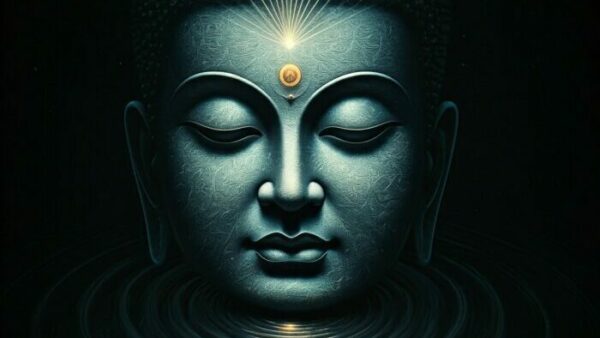
By practicing these tips, you can gradually enhance your ability to cultivate right intention in various aspects of life, making it an integral part of the Eight-Fold Path as part of your spiritual journey. Remember, each step contributes to the greater goal of awakening and enlightenment.
